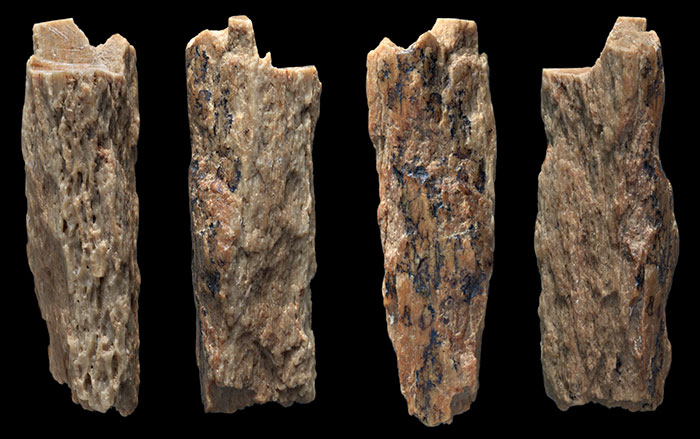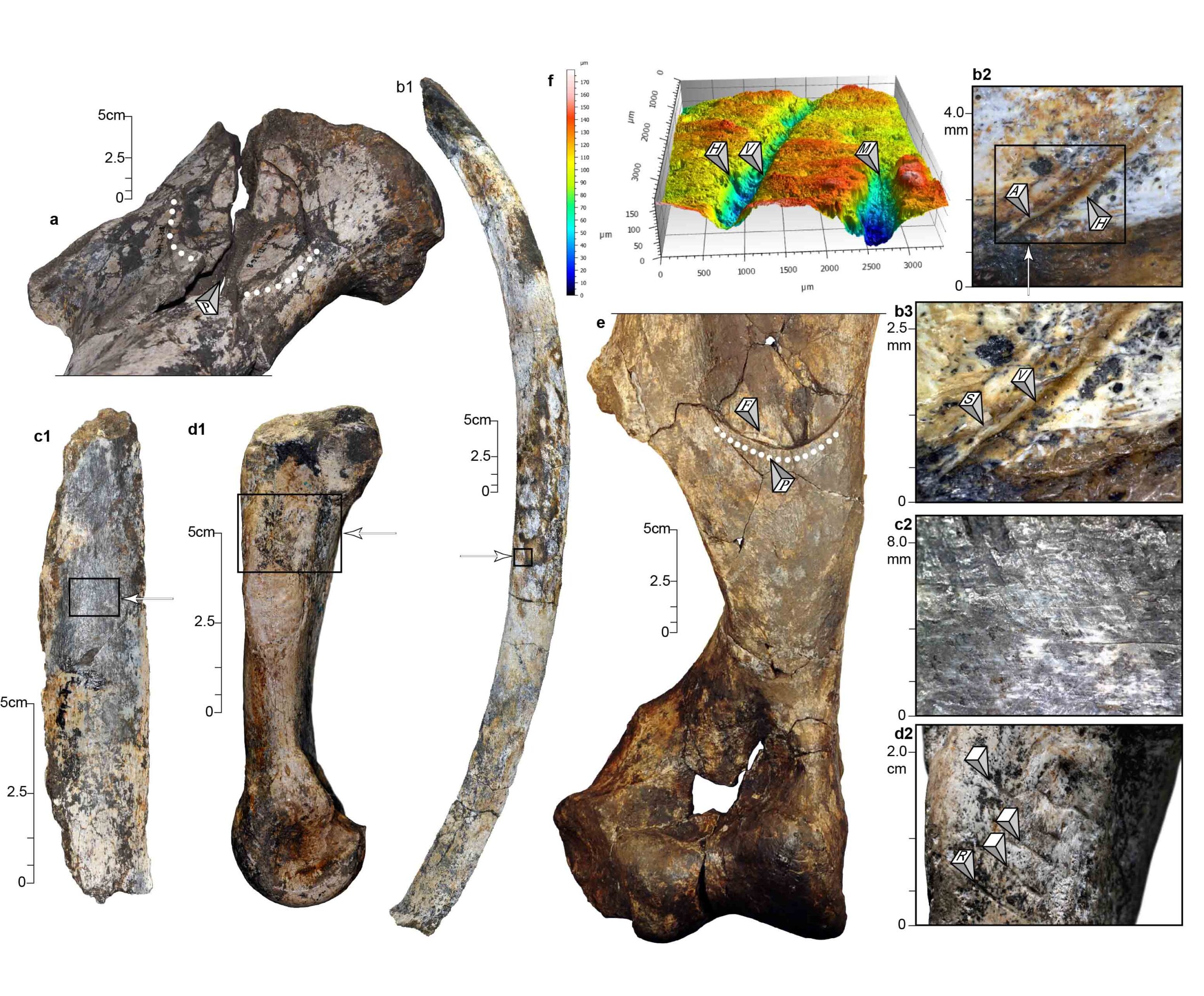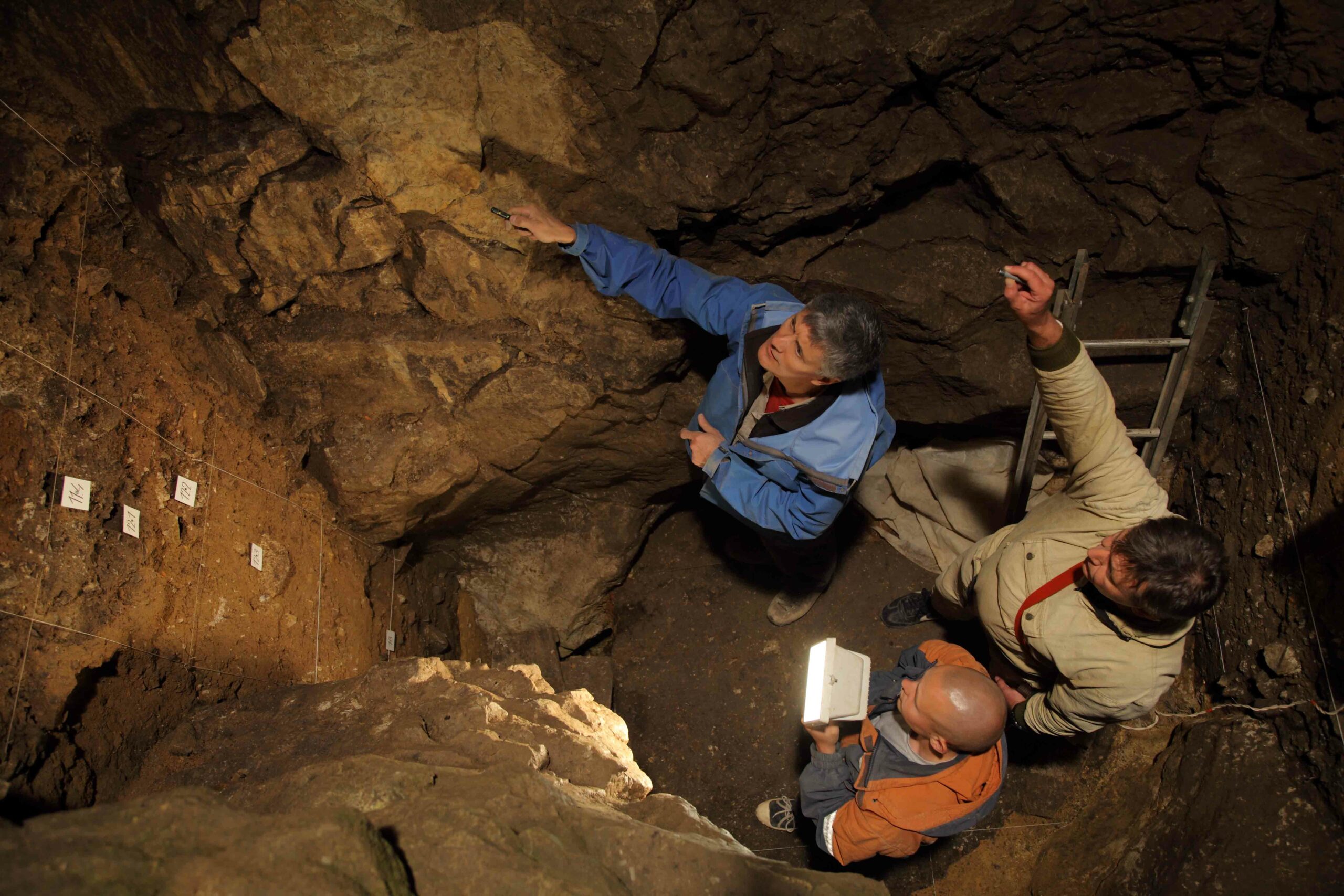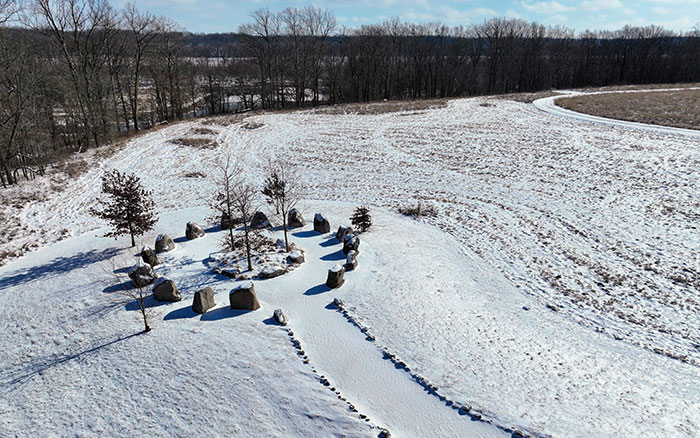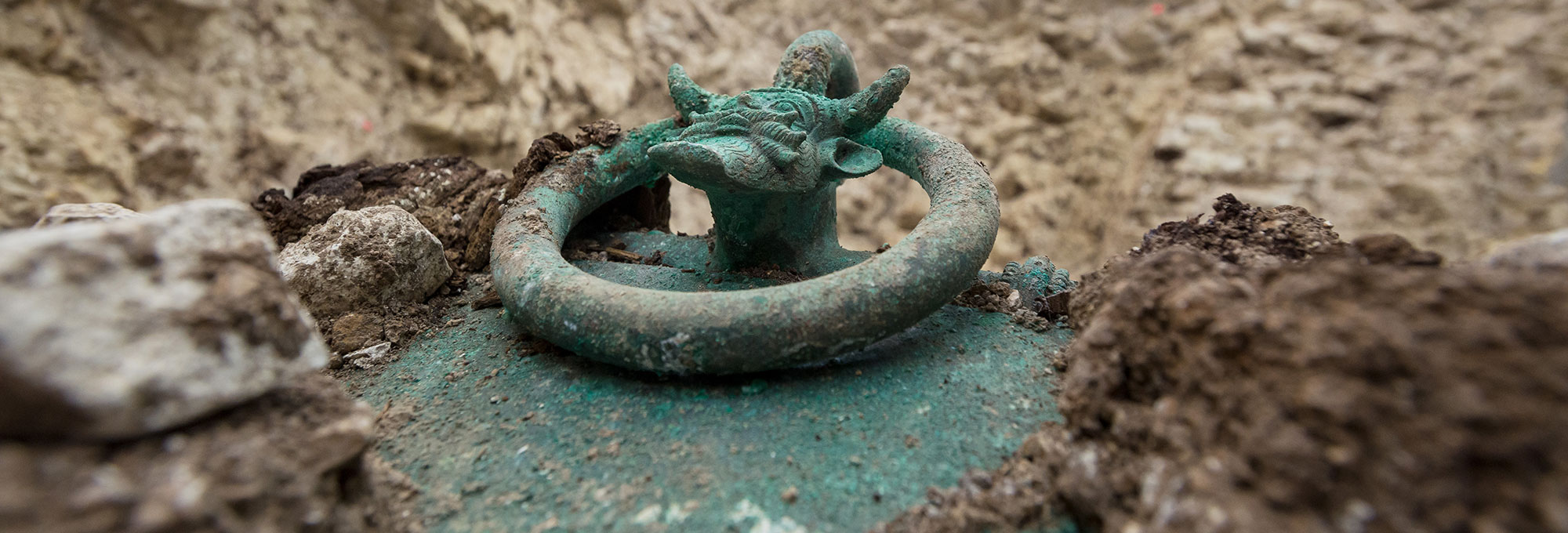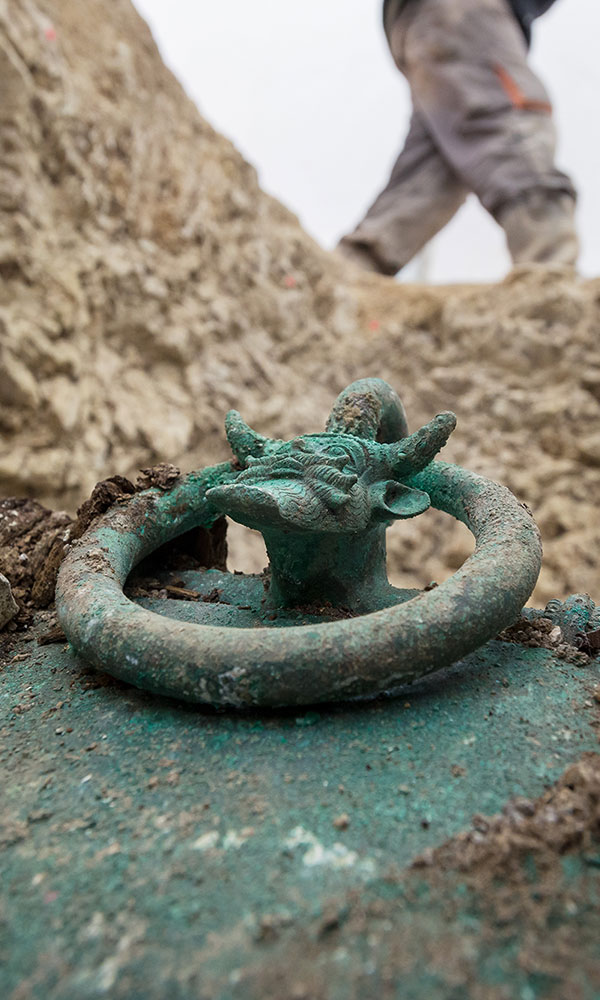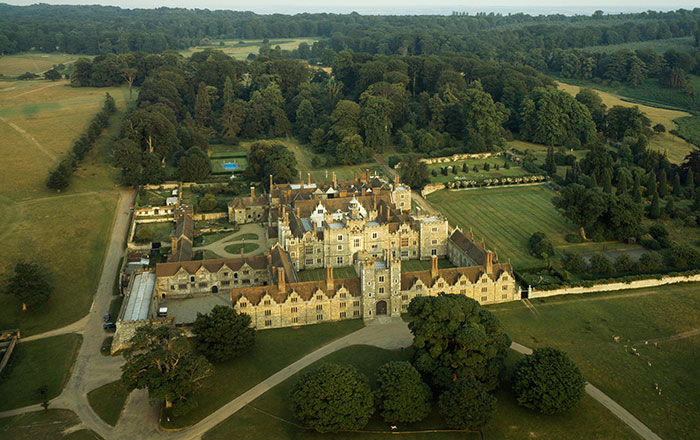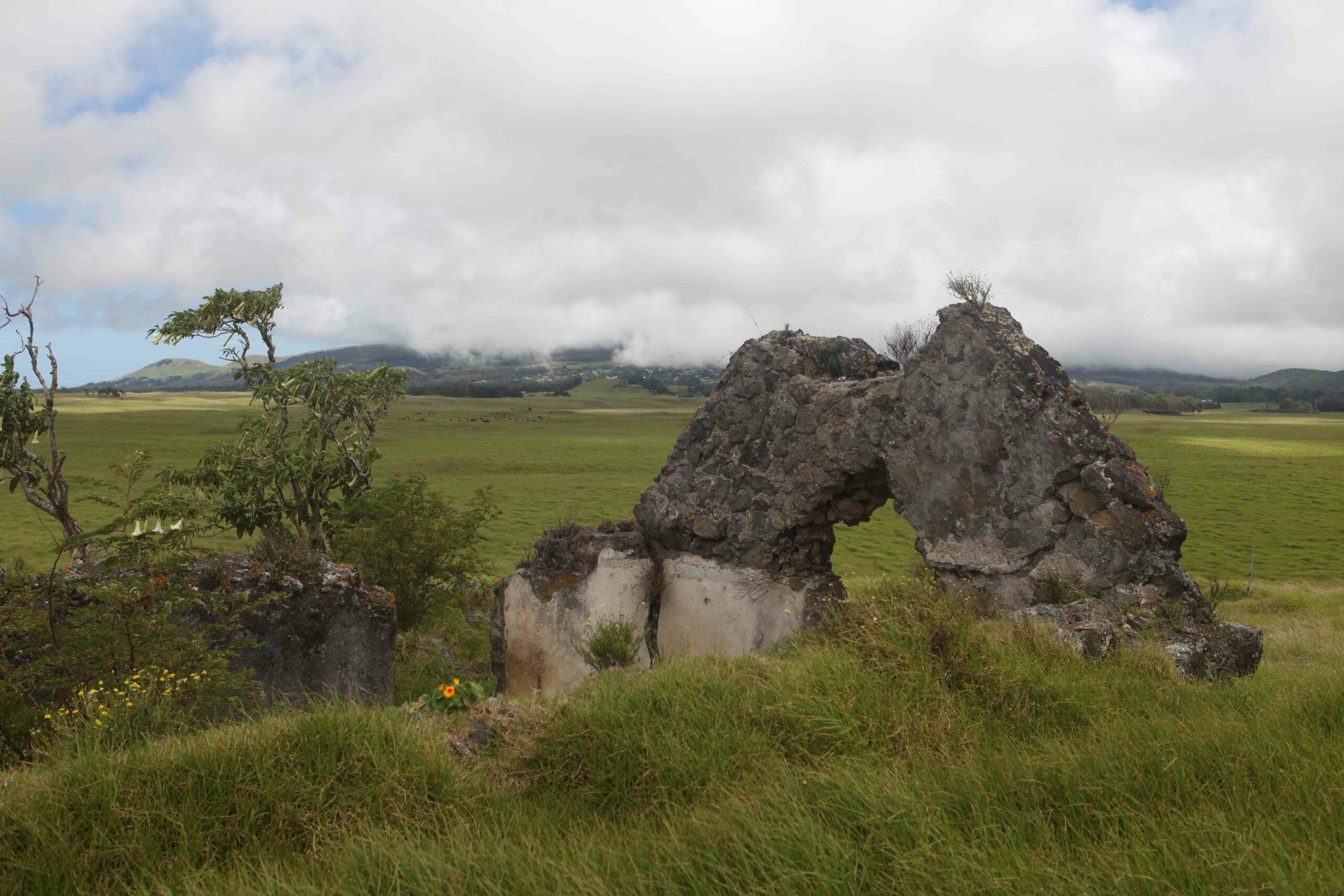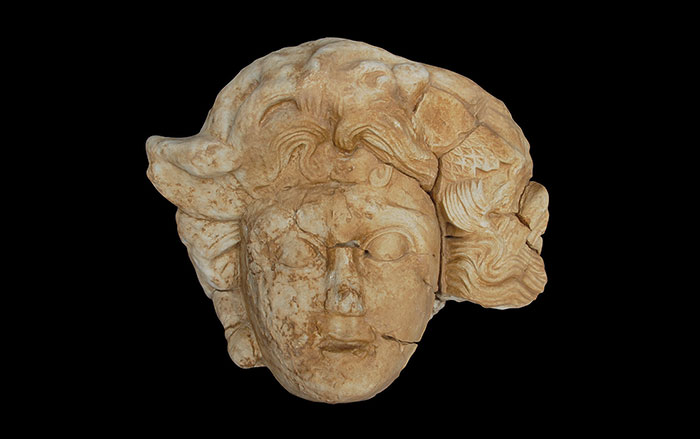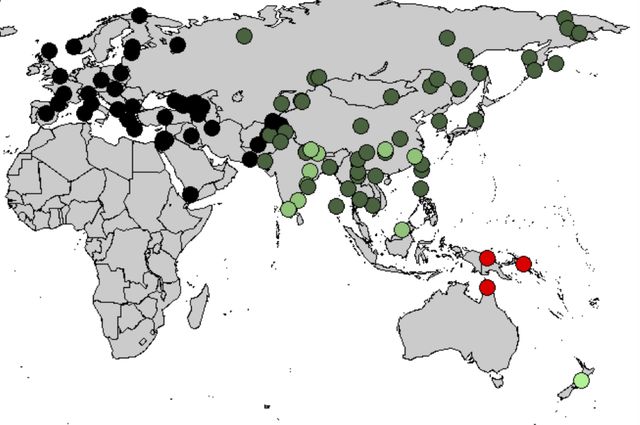
LOS ANGELES, CALIFORNIA—Scientists from the University of California, Los Angeles, and Harvard University compared genomic data for more than 250 modern human populations with DNA obtained from Denisovan fossils, a hominid group that diverged from the human family tree some 500,000 years ago. The data suggests that people living today in India, Nepal, Bhutan, Tibet, and other parts of South Asia carry more Denisovan DNA than had been previously thought. Previous studies have shown that the highest concentrations of Denisovan DNA—as much as five percent—are found in people who are native to Australia, Papua New Guinea, and other parts of Oceana. The study also found that Denisovans and modern humans interbred as recently as 44,000 to 54,000 years ago. “We did not even know about this important group until just a few years ago, and our study yields some insights on where Denisovans fit into this story. This also shows some new paths of interest that computational biology can explore,” Sriram Sankararaman of UCLA said in a press release. To read more, go to "Denisovan DNA."


